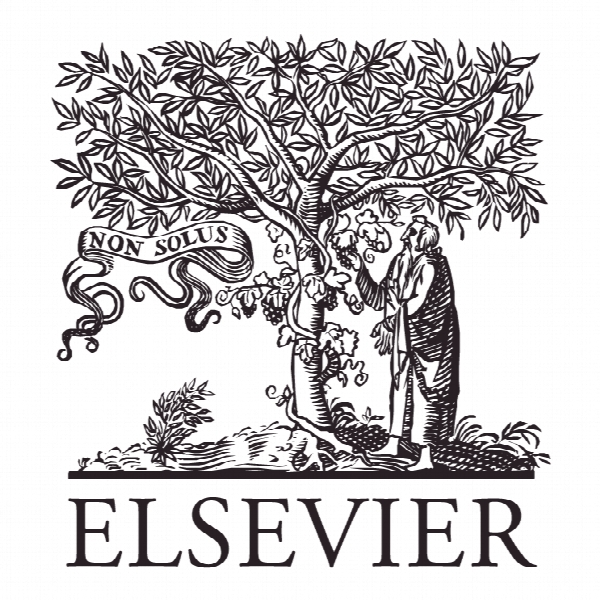در جستجوی یک فضای خلاق: چارچوب مفهومی سنتز تنش های پارادوکسی In search of a creative space: A conceptual framework of synthesizing paradoxical tensions
- نوع فایل : کتاب
- زبان : انگلیسی
- ناشر : Elsevier
- چاپ و سال / کشور: 2017
توضیحات
رشته های مرتبط مدیریت و اقتصاد
گرایش های مرتبط مدیریت استراتژیک
مجله اسکاندیناویایی مدیریت – Scandinavian Journal of Management
دانشگاه دانشکده کسب و کار و اقتصاد، اداره بازرگانی، Umeå، سوئد
نشریه نشریه الزویر
گرایش های مرتبط مدیریت استراتژیک
مجله اسکاندیناویایی مدیریت – Scandinavian Journal of Management
دانشگاه دانشکده کسب و کار و اقتصاد، اداره بازرگانی، Umeå، سوئد
نشریه نشریه الزویر
Description
1. Introduction In contemporary organizations, competing demands are inevitable and ubiquitous features (Lewis, 2000; Sanchez-Runde & Pettigrew, 2003)that exist beyond management’s control(Clegg, Cunha, & Cunha, 2002). Such competing demands require simultaneous attention and are often viewed in contrasting terms. They include, for example, the needs for certainty and flexibility (Thompson, 1967), for stability and change (Mintzberg, 1987), for exploitation and exploration (March, 1991), and for efficiency and flexibility (Adler, Goldoftas, & Levine, 1999). These simultaneously occurring needs have been conceptualized and approached in terms of dilemmas, trade-offs, dialectics, dualities or paradoxes (Achtenhagen & Melin, 2003; Smith & Lewis, 2011; Westenholz, 1993). However, this list is by no means absolute. For a deeper conceptual depiction, some authors turn to metaphors, mythologies, and ancient philosophy. For instance, Rothenberg (1979) and Sjöstrand (1994) used the Roman god Janus to emphasize the capacity needed to deal with competing forces at work. Morgan (1986) used the Taoist philosophy from ancient China represented by the symbol of Yin and Yang as a way to describe flows of complementary yet opposite energies. And finally, Barry and Rerup (2006) used the Scylla and Charybdis from the Odyssey to symbolize the navigation between polarities such as rigidity and chaos. Given today’s global and dynamic environment, competing demands in organizations are intensifying (Smith & Lewis, 2011; Lewis & Smith, 2014) and are becoming pervasive in contemporary innovation (van Dijk, Berends, Jelinek, Romme, & Weggeman, 2011). Managing the tension resulting from competing demands is becoming necessary for effective innovation to occur (Andriopoulos & Lewis, 2009; Norman, Palich, Livingstone, & Carini, 2004; Tse, 2013; Garud, Gehman, & Kumaraswamy, 2011). However, when organizations are faced with these competing demands, they often tend to choose one or the other, compromise between them, or attempt to reconcile them. This happens for many reasons—for example, organizational members’ need to produce consistent and reliable outcomes (Martin, 2007a,b), or being compelled by their cognitive limits to seek certainty (Tse, 2013), or attempting to simplify a complex reality (Bartunek, 1988). It is also related to human beings’ general tendency to see the world in black and white terms, which is a false dichotomy. In this case, Dewey, one of the leading proponents of pragmatism, stated that mankind, in general, thinks in terms of extreme opposites. We tend to formulate our beliefs in terms of “either–or”, between which alternatives we recognize no intermediate possibilities (1938a:17). Similarly, Cooper (1986) claimed that we are given to thinking in binary terms, privileging one alternative over the other. Such thinking, when it relates to management practices, is rooted in formal logic (Ford & Ford, 1994), which defines entities based on “what they are” and “what they are not” (Norman et al., 2004). Thus, this formal logic lacks the ability to integrate contradictions and engage competing demands (Norman et al., 2004; Tse, 2013). When the need for logic and internal consistency overrules contradictions, one value is implicitly chosen over the other (Van de Ven, 1983). Order is assumed over change, ends over means, individuals over collectivity, or vice versa (Cameroon & Quinn, 1988, p. 7). Dewey claims that any outcome that leads to an excess or deficiency of either demand, or an isolation of one from the other, is undesirable and characterizes such a state as an unaesthetic vice (Pappas, 2008, p. 78).


